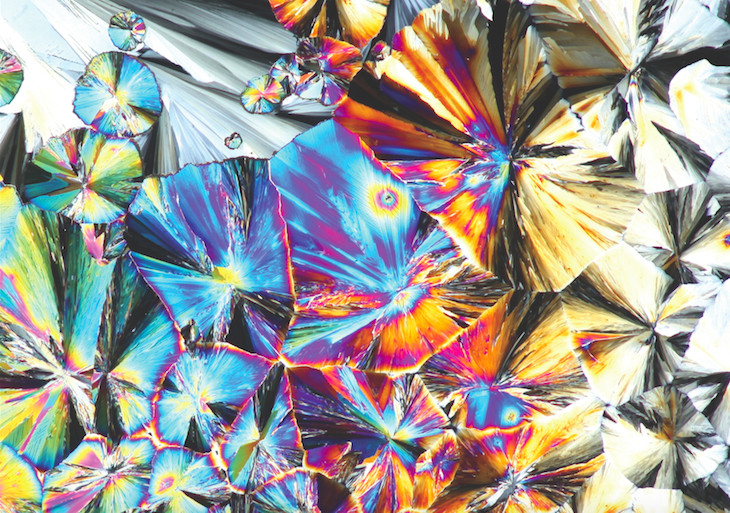
Given how progressive the drinks scene has become, bartenders shouldn’t still default to citrus fruit. Ingredients guru Pritesh Mody says it’s time for the acid test
The bar industry has become dependant on citrus. We need to look at the alternative: acid in its pure form. Citric acid is the most obvious due to its link with citrus fruit, but there is also the more sour malic acid found in apples and berries. From a business perspective, citrus fruits may appear cheap enough, but acids provide a far more cost-effective method of introducing their flavours into drinks.
Citrus fruits are also among the biggest offenders when it comes to waste. It seems almost archaic to use an ingredient that’s been shipped halfway across the world but to only use its juice or peel and throw out the bulk of its body. Having identified this issue and proven the viability of acids in an on-trade environment, it’s something of a surprise that Griffiths and Ryan Chetiyawardana’s learnings at White Lyan bar haven’t been more commonly adopted.
So not only is acid cheap to buy and incredibly easy to work with, it also allows you to provide a level of flavour consistency that’s not possible with fresh ingredients.
It’s time for the acid test. Take your regular 50ml of lemon juice, then take 50ml of water and add around a quarter of a teaspoon of citric acid. Remember, you can’t smell ‘sour’, so all we are trying to understand here is how to create a comparable taste that you are happy to work into your drinks. Pinch your nose to inhibit your olfactory receptors – so the aroma of the lemon doesn’t influence you – and taste the two liquids side by side. Just adjust the level of citric acid in the water until it meets the sourness found in the lemon and you're ready to go.
Flavoured vinegars
You can also look at making your own flavoured vinegars (aka shrubs). The important component here is the acetic acid. Around three times stronger than citric acid in terms of sourness, vinegars are also massively on-trend and you’ve got a huge variety of liquids off the shelf to play with.
If you’re missing the citrus aroma, you may simply want to add a few drops of essential oils or even infuse the acid with dried citrus peels. However, knowing that the key citrus flavours are limonene and citronellal, we can start to look at a wide range of botanicals and spices that contain these compounds and allow you to create a more exciting story for your drink.
Be inspired by the trend for Middle Eastern cuisine to create a sumac infusion, or look to the Far East for the aromatic kaffir lime leaves and lemongrass. You could also get involved in a spot of horticulture yourself by growing your own lemon balm plant and adding that to your drinks. Look beyond the obvious and you will find that cumin, coriander and green cardamom all contain citrus compounds. My favourite is the Sichuan peppercorn, which actually belongs to the citrus family and is guaranteed to create a tastebud tingling sensation.
The best cocktails tell a story. Being able to replace the obvious with the rare and exciting is a sure-fire way of adding intrigue and interest to your drinks.


